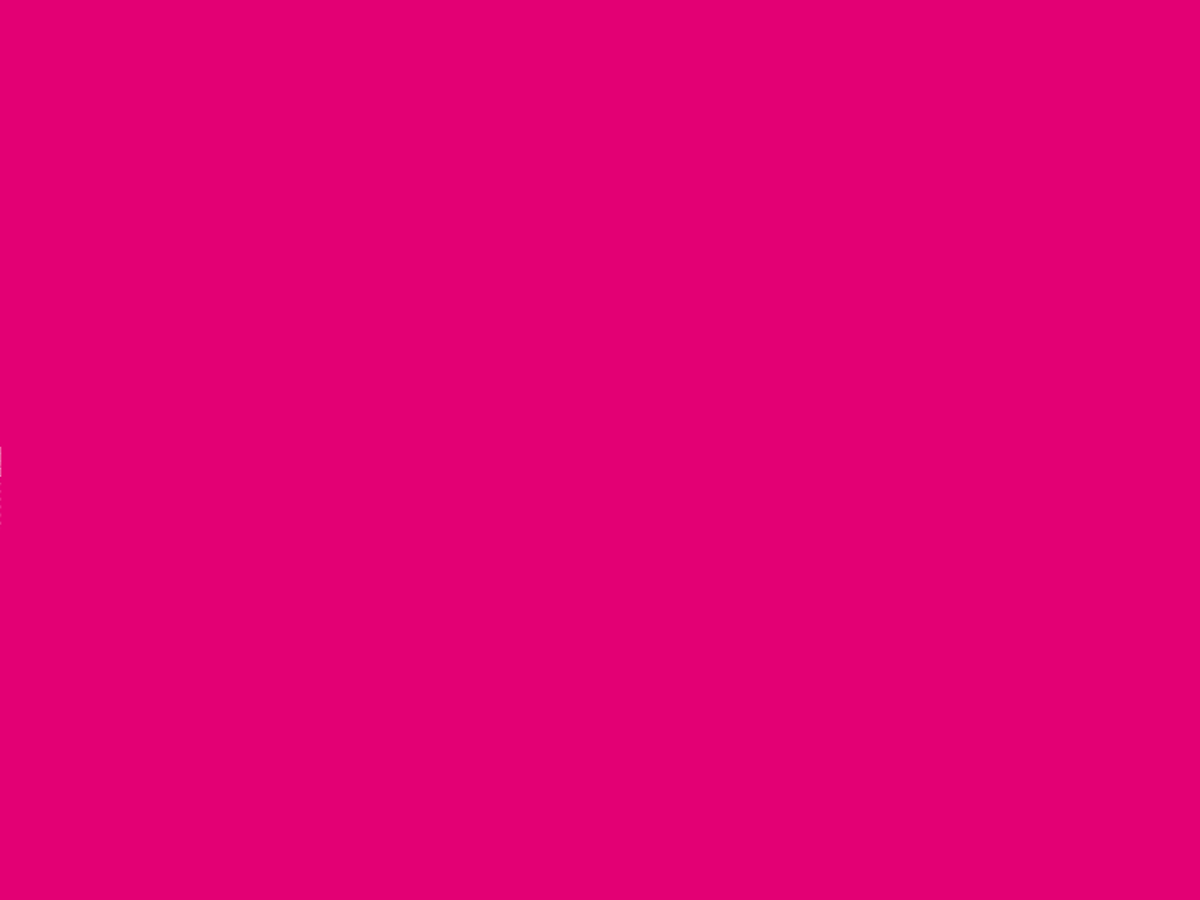How the Internet of Things eases the burden of nursing
22.06.2020 by Ümit Günes

Draw blood, change sheets, administer IV drip: The daily routine of nurses is demanding. Documenting the work steps takes up additional time. In the future, with IoT, this will happen at the push of a button.
It’s 6 a.m., time for the shift changeover at the hospital. The night shift leaves, the early shift starts the day-to-day work: making beds, helping patients with personal hygiene, changing dressings, cleaning wounds, preparing medications, assisting with rounds – and all currently with FFP2 respirators and gloves. Even so, there is still the nursing documentation. Here, the nurses regularly record in writing all the planned and already performed procedures. In this way, the medical staff can trace the entire treatment of a patient at any time. And as a result, the documentation also serves as legal protection. However, whether it is done by pen and paper or with the help of a digital system, nursing documentation regularly costs valuable time and patience, even more so because in the currently challenging times, nursing staff – alongside all other activities – have to pay more attention to hygiene regulations. Moreover, there is currently a lack of nurses. The reasons: Shift work, comparatively low pay, few career opportunities and a lot of bureaucracy. This deficiency became particularly clear during the current crisis.




